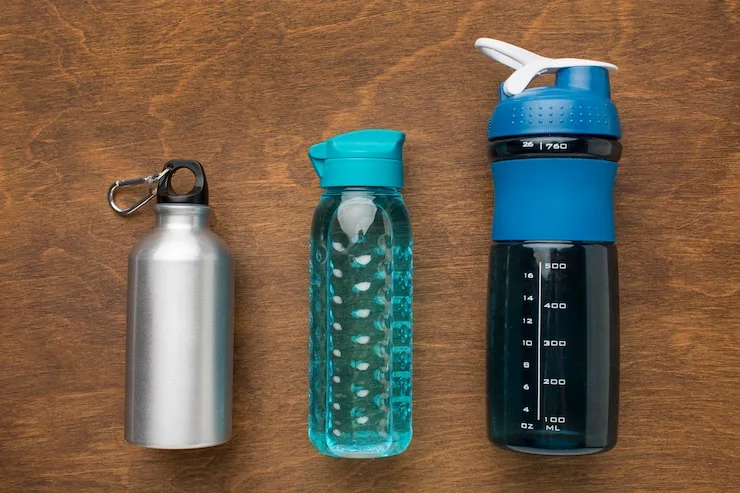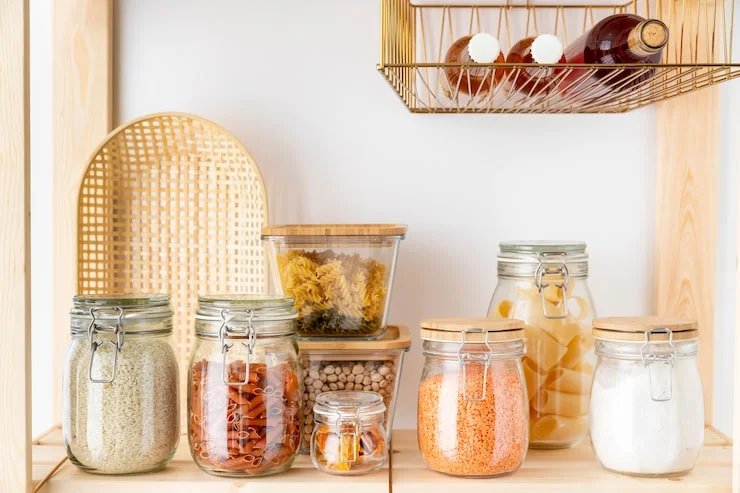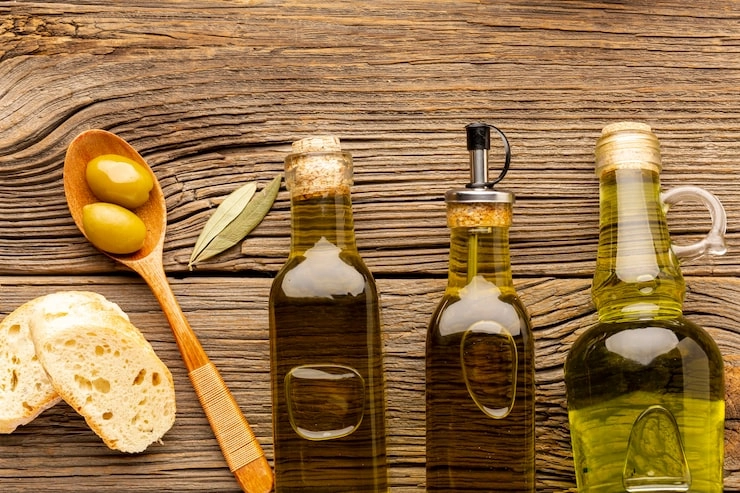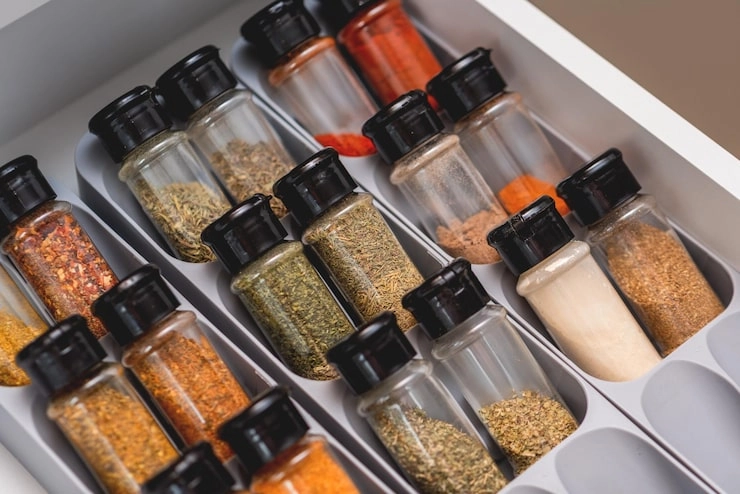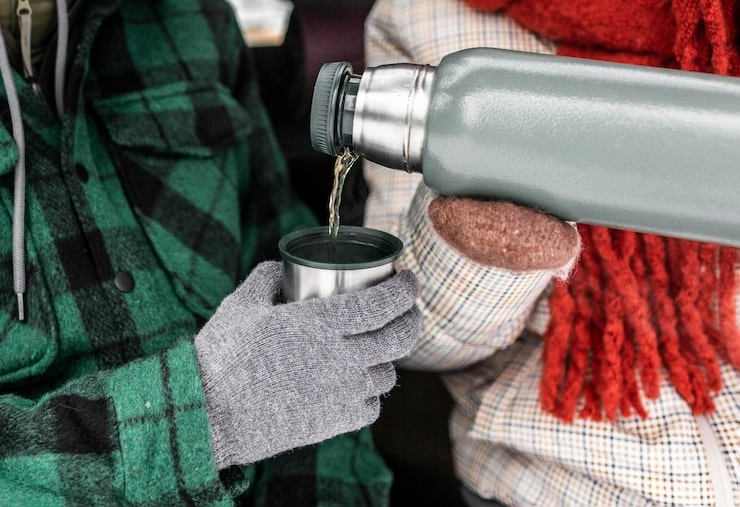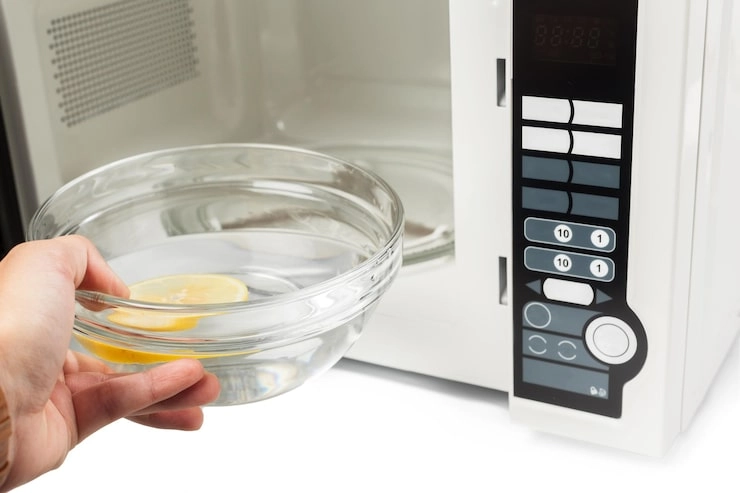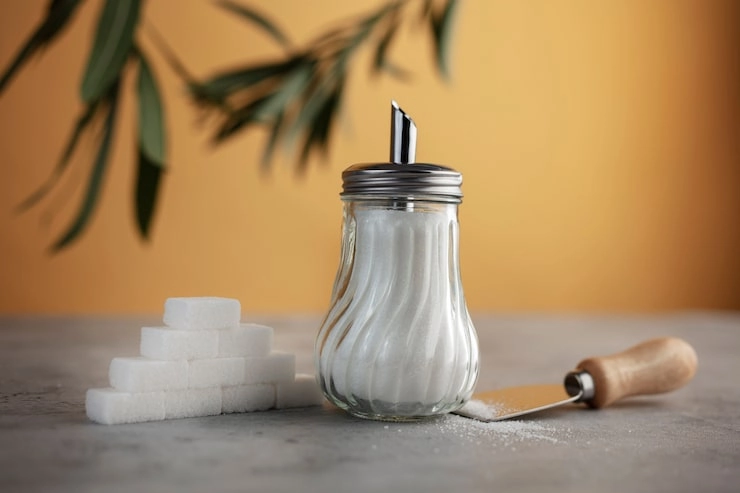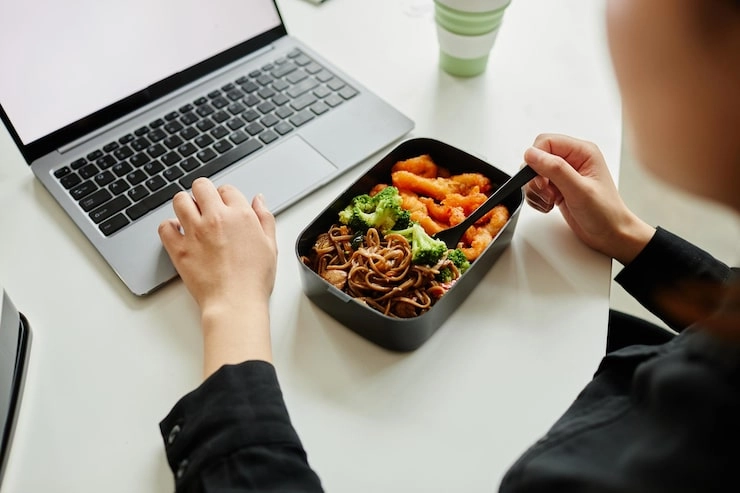At SinoGlass, we love creating top-notch glass containers that mix usefulness with beauty. Many customers ask us if glass containers are safe for microwave use. Glass containers are popular for storing food and preparing meals. So, knowing if they’re microwave-safe is important. This blog explores deeply the traits of glass containers, how to check if they’re safe for microwaving, smart ways to use them, and their pros and cons. Whether you’re a home cook, an eco-fan, or a pro chef, this guide will help you use glass containers safely and confidently.
Properties of Glass Jars
To know if glass containers are microwave-safe, we must first understand their makeup and how they handle heat.
Composition and Structure of Glass Jars
Glass containers are usually made from common glass or stronger glass. Common glass is used for everyday containers. Stronger glass, like in our borosilicate glass jar, handles heat better. Glass doesn’t soak up food smells or stains because it’s not porous. But its ability to take heat depends on its type.
Heat Resistance of Glass Materials
Stronger glass can stand temperatures up to 500°F (260°C). This makes it great for microwaves. Common glass is sturdy but cracks more easily with quick heat changes. At SinoGlass, we choose materials that are both tough and safe for many uses.
Factors Affecting the Durability of Glass Jars
Several things affect how well glass containers hold up in the microwave:
- Thickness: Thicker glass cracks less but heats slowly.
- Build Quality: Tiny flaws like bubbles can weaken the container.
- Wear and Tear: Scratches or chips make it less strong.
We test our glass containers carefully to ensure they’re very durable.
Assessing Microwave Safety for Glass Jars
Not all glass containers are the same for microwave use. Here’s how to tell if your container is safe.
Identifying Microwave-Safe Glass Jars
Microwave-safe containers have a “microwave-safe” symbol, like a microwave icon or wavy lines, or clear text on the bottom. Stronger glass containers, like our glass canister with wooden lid, are often made for microwaves. If there’s no label, don’t assume it’s safe. Check with the maker first.
Potential Risks of Microwaving Non-Microwave-Safe Glass Jars
Using a container that’s not microwave-safe can cause:
- Cracking or Breaking: Quick heat can stress the glass.
- Hot Spots: Uneven heat can burn food or cause burns.
- Harmful Leaks: Poor-quality glass might release bad stuff when heated.
These dangers show why picking high-quality, microwave-safe containers from trusted makers like SinoGlass is key.
Impact of Temperature Changes on Glass Integrity
Fast temperature shifts can harm glass. For example, taking a cold container from the fridge and microwaving it can cause cracks. Even safe glass might break if not handled right. Slow temperature changes help keep the container strong.
Best Practices for Microwaving Glass Jars
To use glass containers safely in the microwave, follow these expert tips.
Preparing Glass Jars for Microwaving
Good prep lowers risks and ensures safe heating.
Removing Metal Lids and Seals
Metal lids or seals can spark in the microwave. This can start a fire. Always take them off before microwaving. Our containers have microwave-safe lids or wooden ones, like those on our kitchen glass storage, for ease.
Avoiding Sudden Temperature Shocks
Don’t put a cold glass container straight into the microwave. Let it sit at room temperature for 10–15 minutes first. Also, don’t put a hot container in cold water right after microwaving. This prevents cracking.
Recommended Use Cases for Microwaving Glass Jars
Glass containers work well for:
- Warming Leftovers: Heat soups, sauces, or casseroles evenly.
- Steaming Veggies: Add a bit of water and cover loosely for fresh results.
- Thawing Food: Use low power to defrost safely.
Stir food to spread heat and check for hot spots.
Cleaning and Maintenance Tips After Microwaving
After microwaving, do these steps:
- Let the container cool before washing to avoid cracks.
- Use gentle soap and a soft sponge to clean.
- Check for cracks or chips before using again.
Regular care makes your glass containers last longer.
Benefits and Drawbacks of Using Glass Jars in the Microwave
Microwaving glass containers has great perks but also some downsides.
Advantages of Microwaving with Glass Jars
Glass containers stand out in many ways when microwaved.
Retaining Food Quality
Unlike plastic, glass doesn’t hold onto flavors or smells. This keeps your food tasting fresh. It also heats food evenly, keeping texture and nutrients intact.
Eco-Friendly and Reusable Nature
Glass containers are green, recyclable, and reusable. They cut down on waste. Choosing glass over throwaway plastics fits eco-friendly living, a value we support at SinoGlass.
Limitations to Consider
Even with their perks, glass containers have limits:
- Weight: Glass is heavier than plastic, which can be a hassle.
- Breakability: Even safe containers can break if mishandled.
- Heat Holding: Glass stays hot longer, so handle it carefully.
Knowing these limits helps you use glass containers wisely.
Brief Introduction to SinoGlass as a Reliable Supplier
At SinoGlass, we’ve spent over 20 years mastering glassware creation. We’re based in Qingdao, China, and run modern facilities with over 400 skilled workers and 45 research engineers. Our focus on smart production and strict quality checks ensures every glass container meets world-class standards. From our borosilicate glass jars to our stylish storage solutions, we make products that blend toughness, safety, and style.
Overview of SinoGlass Products and Expertise
Our range includes many glass containers for food storage, drink brewing, and home organizing. Brands like Elemental Kitchen and HY3 show our love for new ideas and quality. We specialize in green glassware that supports eco-living.
Why Choose SinoGlass for High-Quality Glass Jars
We shine because of our:
- Quality Checks: Tough tests for strength and safety.
- Creative Designs: Useful yet pretty solutions for today’s needs.
- Customer Care: Quick help for your questions. Contact usfor custom orders or info.
Pick SinoGlass for glass containers you can rely on in the kitchen and beyond.
Key Takeaways About Microwave Safety for Glass Jars
Using glass containers in the microwave is safe if you:
- Choose microwave-safe containers, ideally stronger glass.
- Remove metal lids and avoid quick temperature changes.
- Follow smart prep and cleaning tips.
- Understand glass’s pros and cons.
With the right info and top-quality containers from SinoGlass, you can microwave safely and easily.
FAQs on Using Glass Jars in the Microwave
Can all glass jars be safely used in the microwave?
No, not all glass containers are microwave-safe. Only those marked “microwave-safe” or made from stronger glass, like our glass canister with wooden lid, are okay to use. Always look for a microwave-safe symbol or ask the maker.
What are the signs that a glass jar is not microwave-safe?
Signs include:
- No “microwave-safe” label or symbol.
- Visible cracks, chips, or build flaws.
- Common glass type, which handles heat poorly.
Using these containers risks breaking or shattering.
Is it safe to microwave food in glass jars with lids on?
No, microwaving with metal lids or seals is dangerous. They can spark or arc. Remove all metal parts and use microwave-safe covers, like silicone or loose glass lids, to stay safe.




